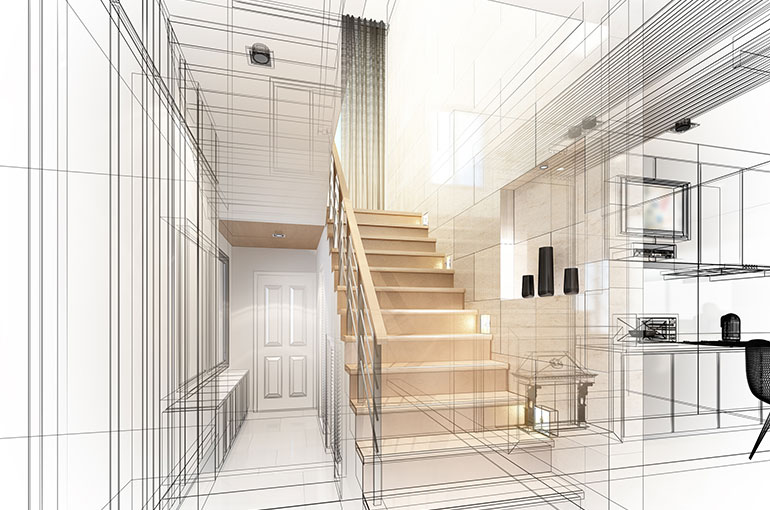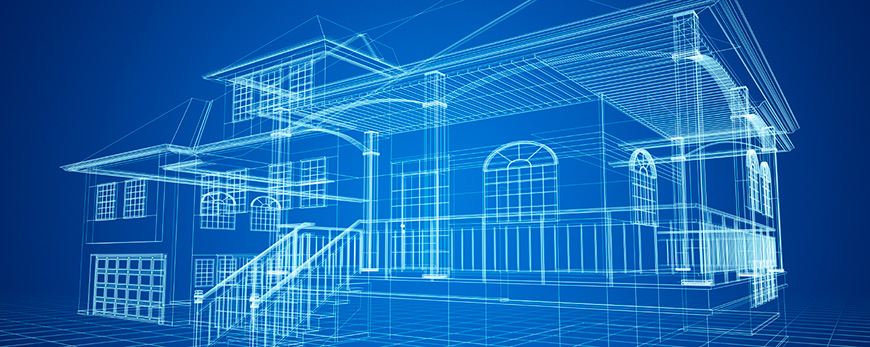A Thorough Review of Building Styles and Their Influence on Modern City Planning and Growth
Architectural styles have actually long acted as a mirror to the social worths and technological developments of their time, playing an important function fit modern city preparation and advancement. From the magnificence of Neoclassicism to the practical approach of Brutalism, each style has introduced distinct ideas that influence urban appearances and capability. As contemporary obstacles develop, consisting of sustainability and neighborhood demands, comprehending these historical frameworks becomes necessary. The resulting dialogue not only educates future design practices yet likewise raises important questions regarding the equilibrium between heritage and technology in our advancing urban landscapes.
Historic Review of Architectural Designs

As societies transitioned with the Middle Ages, Gothic architecture arised, characterized by its verticality and elaborate outlining, matching the spiritual ambitions of the age. The Renaissance marked a rebirth of classic ideals, merging art and style in innovative manner ins which influenced subsequent designs throughout Europe.

Today, building styles continue to advance, driven by globalization and sustainability problems, mirroring a vibrant interplay between heritage and technology. This historical introduction emphasizes the value of architecture as a mirror of social evolution and as a stimulant for metropolitan development.
Key Architectural Styles Explained
The variety of building styles reflects the myriad impacts that shape our developed setting, each personifying distinctive qualities and social importances. Trick architectural styles include Classic, Gothic, Baroque, Modernism, and Postmodernism, each standing for distinct historic contexts and visual approaches.
Timeless architecture, rooted in ancient Greece and Rome, highlights symmetry, proportion, and using columns (cda architects). On the other hand, Gothic architecture, thriving in the center Ages, is characterized by sharp arcs, ribbed safes, and flying buttresses, producing an aerial quality in sanctuaries. Baroque design, emerging in the 17th century, is marked by magnificence, intricate decoration, and a vibrant interplay of light and shadow
Modernism, which gained momentum in the very early 20th century, prioritizes function over type, using brand-new products like steel and glass to create minimal frameworks. Postmodernism, responding versus the austerity of Modernism, accepts eclecticism and historic recommendation, commonly incorporating playful elements and irony.

Influence on Urban Preparation
In forming the development of cities, architectural designs considerably affect city preparation decisions. The choice of building style commonly determines the visual appeals, capability, and total character of urban environments.
Furthermore, architectural styles can affect zoning regulations and land utilize plans. Urban coordinators have to take into consideration the dominating building patterns when designing districts, making certain that brand-new advancements balance with existing frameworks. This consideration promotes cohesive metropolitan landscapes and boosts neighborhood identification.
The application of certain building styles can likewise influence socioeconomic factors within a city. Premium modern layouts may draw in upscale homeowners and organizations, leading to gentrification, while much Discover More more budget-friendly real estate services could prioritize sensible and sustainable designs to fit varied populations. cda architects. Eventually, the interplay in between architectural designs and city planning produces vibrant cities that reflect both historic context and modern needs, shaping the lived experiences of their occupants
Sustainability and Modern Design
Architectural styles play an essential role in dealing with modern challenges, especially in the realm of sustainability. As city locations broaden and ecological worries intensify, modern design significantly welcomes lasting layout principles that prioritize power performance, resource preservation, and marginal ecological impact.
Contemporary building motions, such as biophilic design and eco-friendly style, supporter for frameworks that harmonize with their environments, making use of all-natural products and advertising biodiversity. These styles frequently incorporate renewable power resources, such as solar panels and wind turbines, to decrease reliance on nonrenewable fuel sources and reduced carbon impacts.
Moreover, the combination of advanced technologies, such as wise building systems, boosts power management, maximizing resource use while ensuring owner convenience. Cutting-edge water management approaches, including rain harvesting and greywater recycling, additional add to lasting urban settings.
Especially, sustainability prolongs beyond ecological issues; it includes social and financial dimensions. By cultivating community health and promoting inclusivity, modern-day architectural designs line up with lasting advancement goals. Subsequently, the evolution of architectural methods remains to shape durable cities that not just published here satisfy the requirements of today however likewise protect the future for generations ahead.
Neighborhood Engagement in Design
Neighborhood involvement in layout functions as a crucial bridge in between engineers and the populations they offer, making sure that the developed atmosphere shows the demands and goals of its customers. This collaborative procedure invites community members to contribute their insights and preferences, promoting a sense of possession and duty towards the spaces they occupy.
Reliable neighborhood engagement employs various techniques, such as workshops, surveys, and public discussion forums, to gather diverse viewpoints. These methods assist in a two-way discussion, permitting engineers to understand regional contexts while encouraging homeowners to articulate their worries and wishes. This inclusivity not only enhances the design high quality yet also advertises social equity by addressing the special difficulties dealt with by marginalized teams.
Moreover, area engagement can lead to ingenious solutions that may not emerge in a conventional style procedure. By incorporating regional expertise and cultural values, designers can create spaces that reverberate more deeply with users, enhancing use and sustainability. Eventually, prioritizing community engagement in design procedures results in atmospheres that nurture social interactions, assistance wellness, and enhance community connections, consequently playing a crucial function in shaping modern city landscapes.
Verdict
Building designs have exceptionally affected modern-day city preparation and growth, showing evolving cultural and technological contexts. As cities proceed to grow and adjust, the ongoing dialogue between architectural heritage and modern design concepts will certainly remain crucial in developing comprehensive, vibrant spaces that improve quality of life and promote social equity.